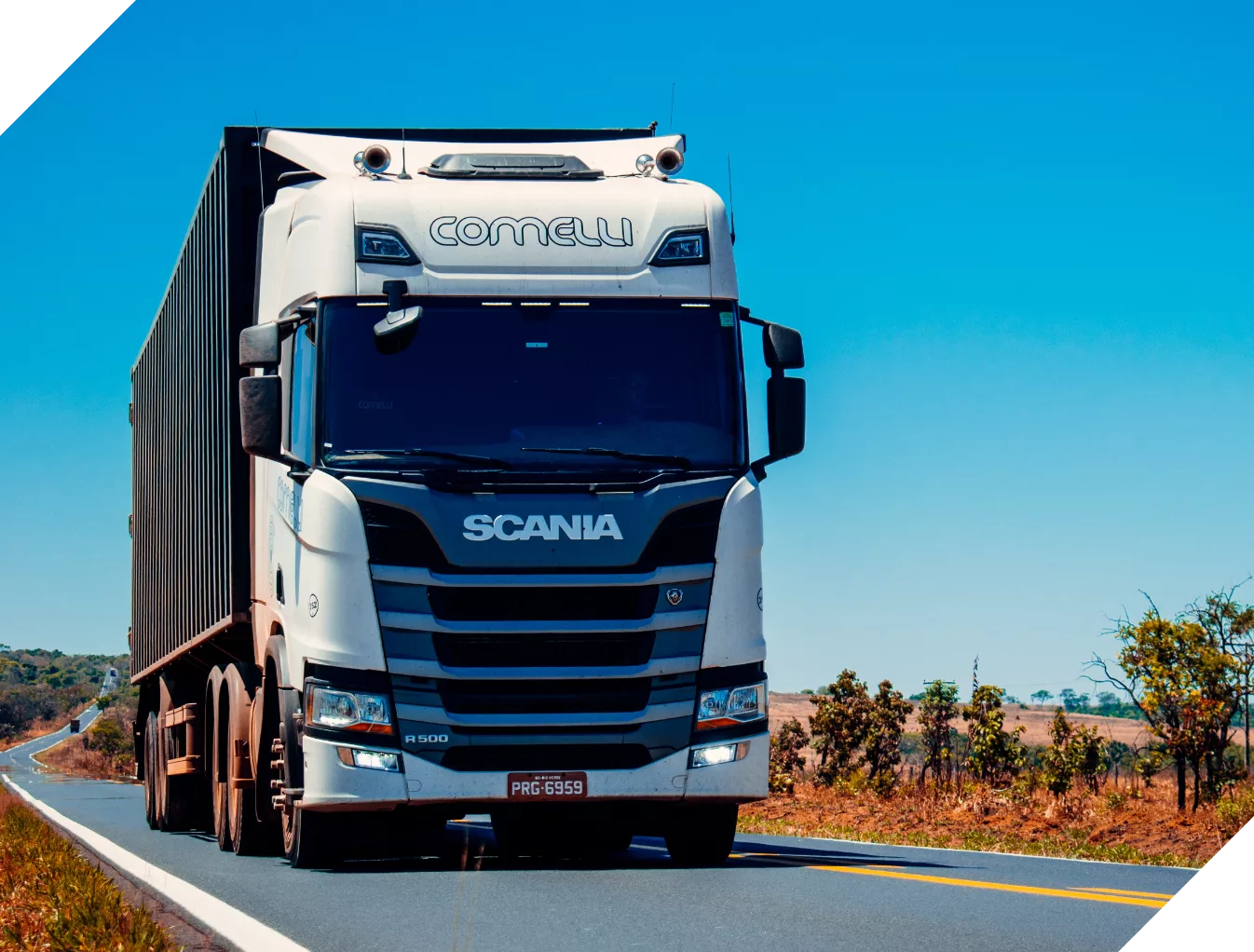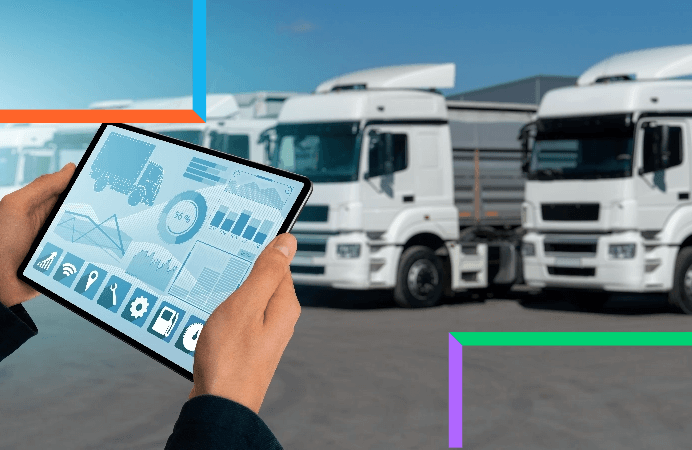What is a Transportation Management System (TMS)?
A Transportation Management System (TMS) is a vital component of supply chain management (SCM) that helps businesses streamline the incoming and outgoing movement of goods. It acts as a centralized logistics platform where organizations can plan, execute, and monitor freight movement across different modes of transportation, from first-mile pickup to last-mile delivery.
In practical terms, a TMS ensures that shipments are delivered on time, at the lowest possible cost, and with full visibility. By integrating with systems like ERP (Enterprise Resource Planning) and WMS (Warehouse Management System), it creates a connected logistics ecosystem that reduces inefficiencies and enhances collaboration across departments.
A TMS is also commonly referred to as a transportation management solution or transportation management software. While traditional systems focused mainly on freight scheduling, modern TMS platforms leverage AI, machine learning, and automation to optimize every aspect of transportation.
Beyond basic freight planning, a modern TMS software provides advanced capabilities such as:
- Real-time shipment tracking and route optimization
- Automated carrier selection and freight audit
- Data-driven insights for cost reduction and performance improvement
- Compliance management for global logistics operations
Ultimately, a TMS is a strategic enabler that helps businesses reduce logistics costs, improve customer experience, and gain a competitive advantage in supply chain management.
Key Features of a Transportation Management System (TMS)
A transportation management system (TMS) helps businesses streamline logistics operations and optimize freight movement. While most TMS platforms cover the basics, Locus TMS software enhances these capabilities with AI-driven automation, real-time intelligence, and advanced scalability.
-
Route Optimization
-
Traditional TMS solutions rely on static routing. Locus TMS harnesses geocoding, AI, and machine learning to generate the most efficient delivery routes, accounting for traffic, road restrictions, customer preferences, and delivery time windows.
-
Automated Dispatching
-
Manual assignment often slows down logistics operations. Locus TMS automates dispatch management, intelligently matching shipments with the most suitable vehicle and driver in real time. The result is higher fleet utilization, fewer delays, and quicker delivery turnarounds.
-
Real-Time Tracking and Visibility
-
With Locus TMS, enterprises gain complete visibility of their logistics network. Dynamic ETAs, live shipment updates, and proactive alerts allow businesses to reduce failed deliveries and deliver superior customer experiences.
-
Analytics and Performance Reporting
-
Locus TMS provides AI-powered insights into cost per mile, on-time delivery rates, fleet productivity, and even sustainability metrics, helping enterprises make smarter, data-driven decisions.
-
Scalability and Integration
-
Locus TMS integrates seamlessly with ERP, WMS, and OMS platforms to unify supply chain data. Its flexible design allows enterprises to scale across geographies, handle higher order volumes, and adapt to evolving distribution models.
Why TMS is essential for businesses?
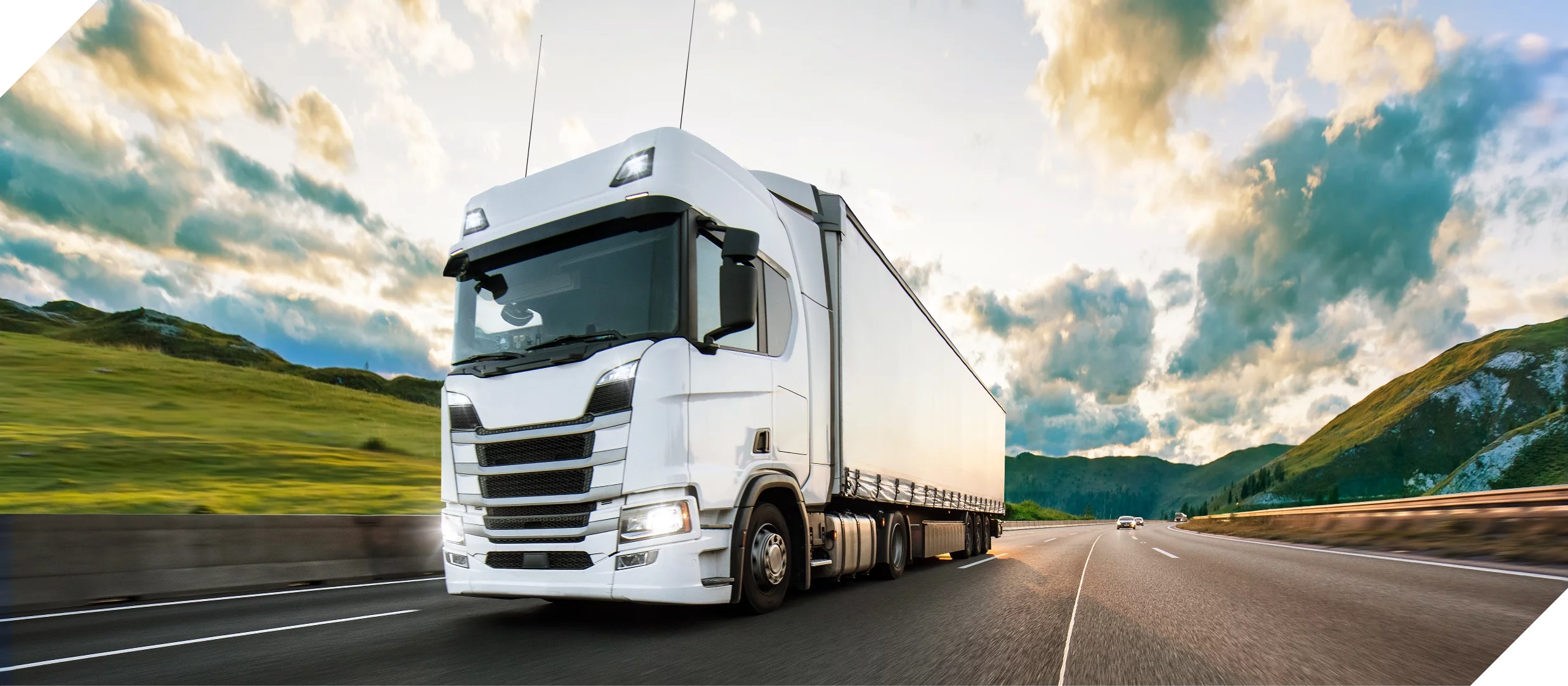
A transportation management system (TMS) plays a central role in strengthening logistics performance by:
- Providing end-to-end visibility into freight movement, carrier performance, and order status, which enables companies to identify delays quickly and maintain consistent delivery timelines across all transportation modes.
- Streamlining shipment planning and routing with automated workflows that reduce manual scheduling errors, improve asset utilization, and coordinate multiple carriers more effectively.
- Addressing modern delivery expectations by supporting same-day shipping and real-time tracking, features that customers increasingly consider standard rather than premium.
- Driving customer retention through reliable delivery experiences that build trust and encourage repeat purchases.
- Accelerating deployment and lowering IT costs with cloud-based platforms that shorten implementation cycles, minimize training requirements, improve system security, and provide automatic updates.
Locus TMS extends these capabilities with AI-powered route optimization, automated dispatch, and predictive analytics, helping enterprises cut transportation costs, scale operations across regions, and deliver consistently superior customer experiences.
Want to know how Locus can boost your profits?
The benefits of having a Transport Management System
A TMS can scale businesses by meeting and exceeding customer demands for swift shipments. A Modern TMS has multiple advantages for businesses:
- It simplifies all stages of the supply chain by automating most processes.
- It adds to savings by reducing costs for both businesses and the end customer.
- Fewer manual steps help save time which leads to quicker, on-time deliveries.
- It increases visibility and security, which makes the transit period smooth.
- It helps bring new business insights, thereby making processes faster and more efficient.
- It helps to better customer service and adds to customer satisfaction.
- It provides a single platform to track freight, both on local and international levels.
- Businesses scale faster as a result of happy customer experience.
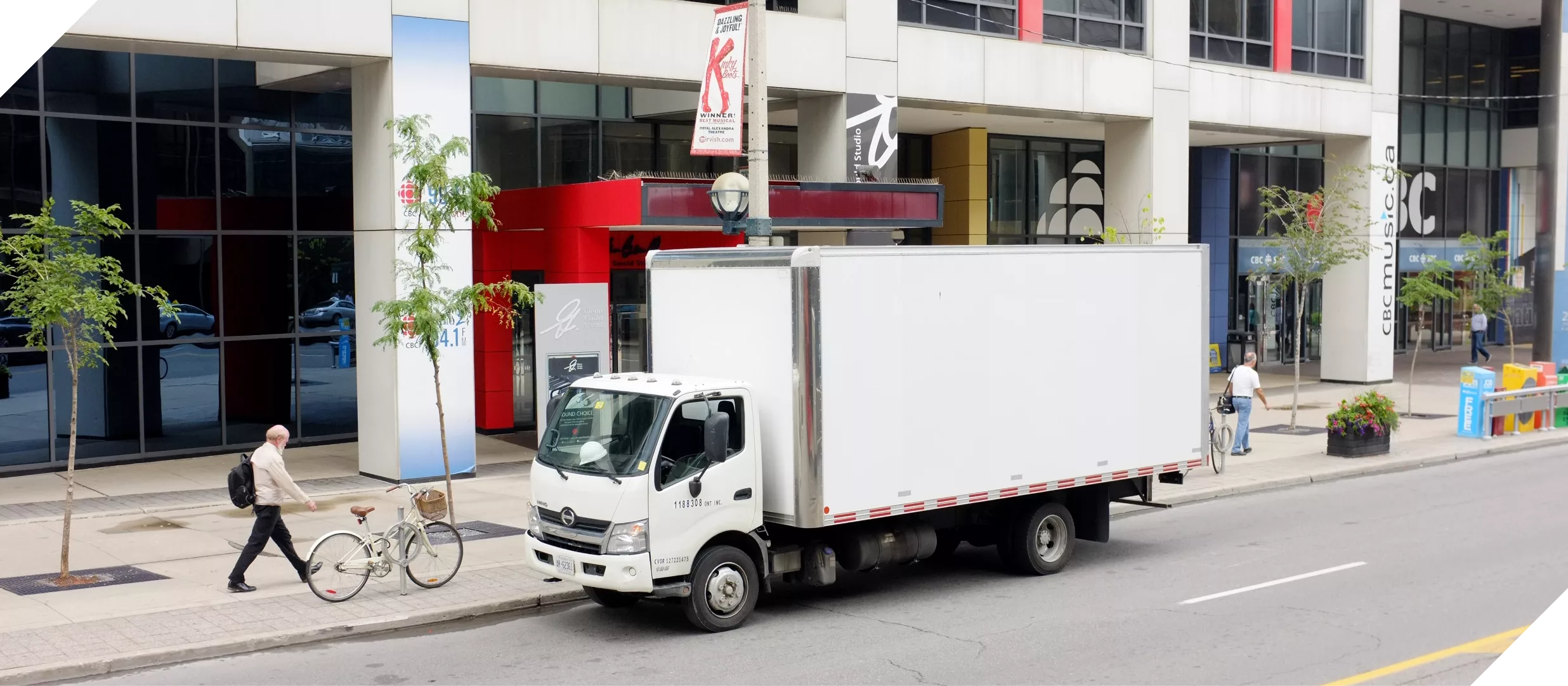
The additional advantages of having a cloud-based TMS solution include:
- The freedom to work from anywhere in the world without being physically present as secure remote access is available to the entire staff.
- One does not have to purchase computer hardware equipment to host the system as it can be taken care of by the software vendor.
- As businesses evolve, the TMS evolves with them by taking into account the changing needs of businesses.
- Businesses don’t need the technical know-how to manage their IT systems since it is the vendor’s responsibility to enable updates.
In other words, a transport management system is responsible for a well-functioning supply chain. There is an array of applications and information systems for transport logistics and motor transport in today’s age. The variety is so overwhelming that it is easy to assume that we live in a digital era of welfare, where sustainability and prosperity of a business go hand in hand. The reality is far from this, though, as the deployment of such solutions is slow and a change in strategies in the transport service market is no easy task.
While most businesses understand the importance of a transport management system, many still stick with the traditional solutions that are not adept at dealing with modern supply chain challenges. Add to this the pandemic, and the need for greater speed, efficiency, and visibility has increased exponentially. Customer reigns supreme, and businesses are devoted to pleasing, and this trend is not changing anytime soon.
As customers flock online to make purchases, enterprises need to up their game to keep up with the rising market competition. TMS is not just a standalone internal piece of software anymore, but a complex system that connects both internal and external databases, that ensures smooth flow of a product from its nascent stages till the time it reaches the customer. The need of the hour is a modern Software-as-a-Service TMS that not just plans, executes, and manages supply chain processes better, but also makes the supply chain resilient in the long term.
The evolution of vehicle routing - A brief history
However important technology’s role may be in transport management, it remains relatively new to the supply chain industry. Transport was being managed manually even until 2010. Despite the existence of tracking systems for several decades, the visibility of consignments remained a challenge.
This complex optimization challenge is known as the vehicle routing problem (VRP) and it involves finding the most optimal routes and schedules for fleets while minimizing costs. By solving this problem, businesses can optimize their logistics processes, save money, and ensure timely deliveries, ultimately leading to happier customers.
The advent of smartphones has significantly changed this landscape by providing cost-effective and accessible applications. This shift has led to a revolution in vehicle routing and optimization. To understand the evolution of vehicle routing, we can divide it into the following key components:
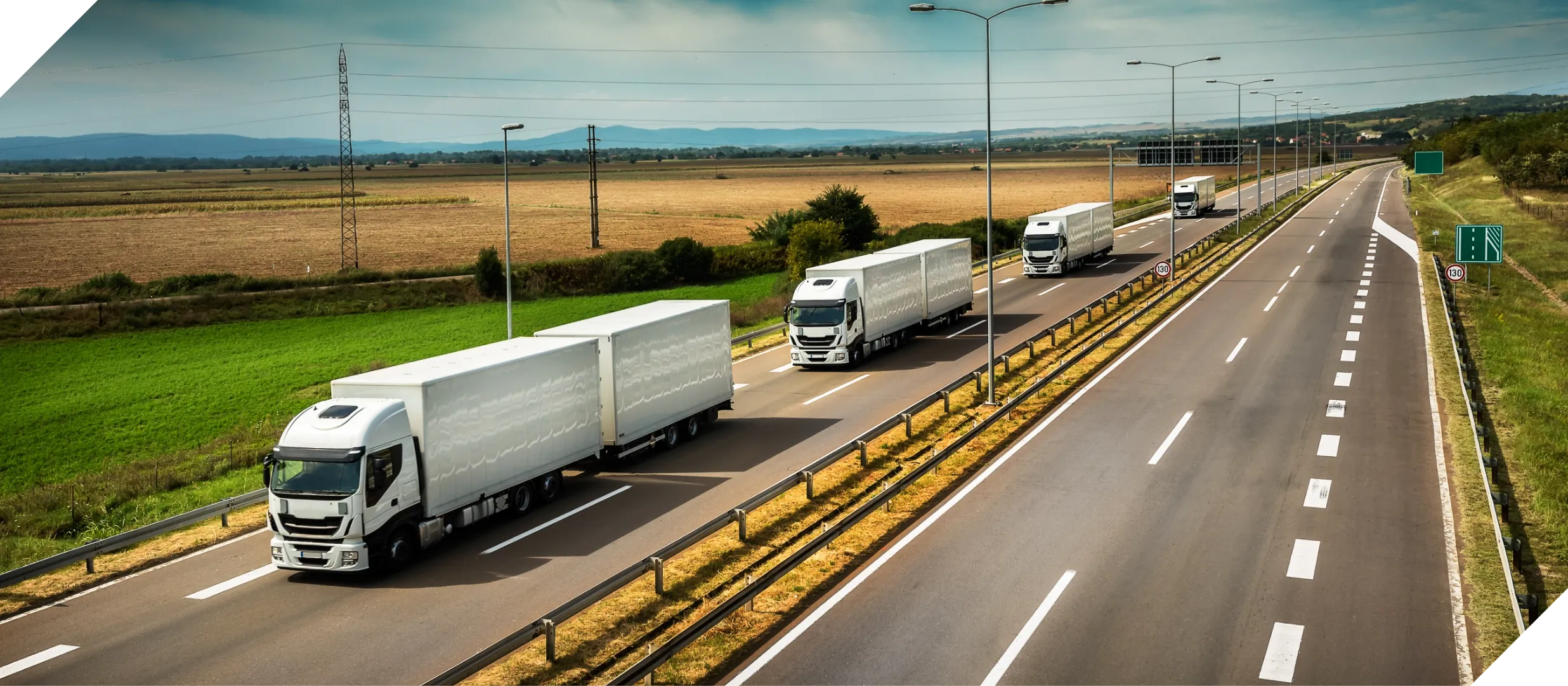
-
Static or Predictive Routing
-
The first phase of technology following the era of manual planning was led by Computerized Vehicle Routing and Scheduling Systems or CVRS. Details of the route could be determined with the help of forecasting techniques by studying historical data. Static routes, printed maps, and electronic reports enabled businesses to do all dispatch-related planning for drivers and other assets. This was far from being a completely automated system, but it made manual planning easier by introducing a feedback loop.As expected, CVRS became hugely popular as they quickened the planning process, leading to better utilization of vehicles. A basic map interface support helped bring route-building capabilities as well. This did not mean that there were no drawbacks to the system. Dedicated personnel was required to operate the system and generate plans, and it took a long time to break even due to expensive system installation and implementation. Small businesses could not afford it.
-
Dynamic or Reactive Routing
-
Supply chains turned more global and complex around the year 2005. Satellites and cell phones came into the picture, and dynamic routes helped businesses come up with more flexible logistics models. The planner and the driver could now communicate with each other, and the Global Positioning Technology (GPS) system was newly introduced.CRVS were still pretty expensive with long implementation cycles, and not everyone could afford them. Traffic, demand fluctuations, and operational constraints would often render static routes obsolete. There was a need for routing systems to be less predictive and more reactive when handling business constraints. Around this time, Software-as-a-Service (SaaS) based models started emerging that provided vehicle routing solutions even for small fleet owners.
-
End-to-End Visibility, Real-time Tracking, and Dispatch Execution
-
Close to 2010, the mandate about the Electronic Logging Device (ELD) fell into place, and electronic devices for trucks were in demand. Real-time tracking and telematics took over, and GPS-based live fleet tracking, proof of deliveries, idle-time recorder, and real-time data transfer came into play. Live dashboards helped view real-time Expected Times of Arrival (ETA), any traffic deviations, and the weather conditions. This was also the time when TMS came into existence which changed the route planning process forever.
-
Artificial intelligence
-
As the e-commerce boom happened, the consumer turned king. Omnichannel fulfillment came into the picture, direct-to-consumer distribution and crowdsourced logistics changed the all-mile distribution game. Transport modeling capabilities were brought about by AI-based algorithms, 3D load building, and packing engines. Dynamic rerouting, automatic correction of delivery addresses, more accurate calculation of transportation lead times, and ETA are all a result of sophisticated AI-based algorithms.
Resources

Case Study
How to increase operational efficiencies in E-commerce
With E-commerce becoming more complex, thanks to increasing customer demands, it is imperative to increase operational efficiencies across all-miles.
Read moreWhitepaper



